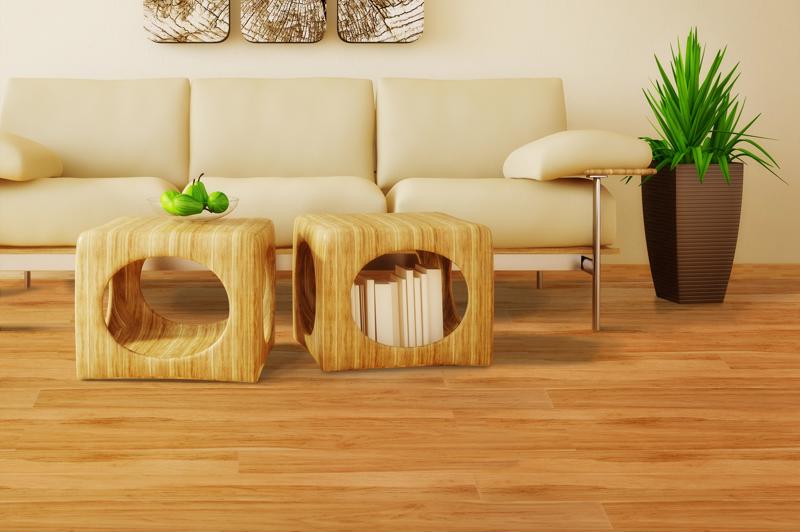What is Vinyl Flooring?
Vinyl flooring has been a staple design option for decades, and its advantages range from a sophisticated decoration style to a floor that’s resistant to whatever you throw at it. For those unfamiliar with vinyl flooring, what makes it a quality selection for your home is its ability to replicate a variety of surfaces, ranging from stone to wood to ceramic tiles. It’s also an excellent flooring choice for new homeowners working on a budget, as it can withstand extensive wear and tear over time.
The durability of vinyl flooring has drastically improved over the years, and whether it’s a pet walking on the floor or a child tracking in dirt, modern modifications of vinyl flooring have immensely raised the bar for preserving the condition of your floors. Here’s what you need to know when it comes to choosing the right vinyl flooring for your home, as well as weighing your options for installation:
Vinyl flooring types
When it comes to vinyl flooring, the two of the most-used formats are tiles and planks, with planks becoming more popular in recent years due to their resemblance to hardwood flooring.
Solid vinyl tile is an innovative type of vinyl flooring, generally packaged in 12-by-12-inch squares and featuring a photographic print coating of whatever design you choose. This is a DIY-friendly style of vinyl flooring, as the tiles are generally equipped with easy to use locking systems that allow for floating installations. Another distinct advantage to using solid vinyl tile is that it is simple to clean the surface. All it takes is a quick mopping session to get rid of any debris, and its strong durability will keep your floor shiny and polished for many years to come.
Vinyl plank flooring is an incredible flooring option because of how identical to a natural surface it can appear. This type of vinyl flooring allows for a more continuous flooring surface that is quick and easy to install due to more intricate locking systems. They’re generally available in a variety of patterns, and are also renowned for its moisture-resistant ability, which makes it a great flooring choice for bathrooms or basements.
Vinyl flooring options
There are four factors to consider when picking your vinyl flooring: style, thickness, pattern and color. When it comes to utilizing the space of a room, taking the style into account is where you can find the ultimate fit for your flooring. Choosing between vinyl tile and vinyl planks is important to decide upon when you’re only working with a limited amount of space in a room. Thickness becomes a factor if you’re weighing in the amount of foot traffic that your floor will encounter. The thicker your vinyl boards are, the more stable the surface you’ll have. Thinner vinyl boards are more cost effective, but may not be as durable. Finally, if it’s visual aesthetic you’re most concerned about, by all means choose a pattern or color that best suits your personality.
“More design selection, better longevity and a great DIY option for self installation are the main advantages of vinyl flooring.”Vinyl flooring pros and cons
There are four basic advantages to using vinyl flooring:
- More selection with designs
- Better longevity
- Easy to clean
- Great DIY option for self installation
As for the cons of vinyl flooring, one of the main setbacks is that it may not increase your home resale value. While installation is easy, removing vinyl flooring is can be rather difficult, and if your floor suffers extensive damage under any circumstances, vinyl flooring could be strenuous to repair.




